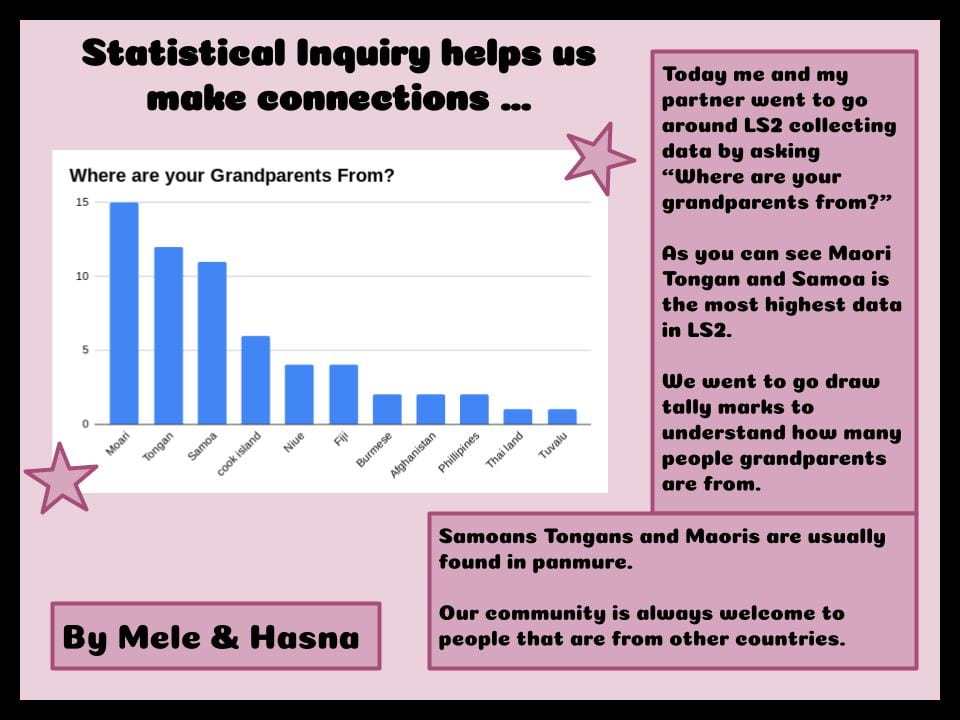This week for Miss White maths group we learned about how to use our problem solving skills to work out the gala set up.
First, Miss White explained to us what we are learning for today. We are learning about solving skills and how to use our problems. For Example: Here are the ideas that some of the students had. How many people do they think will visit each activity. Room 5 thinks one-quarter of the people at the gala will have a ride on the merry go-round, Room 6 thinks one fifth of the people will go to the ball-throwing stall, Room 7 thinks about half of the people will go play the gumboot throw, Room 8 thinks children likes to get their face painted. About half the people at the gala will be children, and about half the children at the gala will have their face painted & Room 8 thinks lots of people at the gala gets hungry. Three quarters of the people will visit the food stall.
Next, Miss White told us that we have to make a copy of the google slide that talks about figuring it out at the gala. There are 14 slides to complete. When we finished making a copy of the google slide we had to look at the slide and work out each question. We also had to use different partners each slide. My partner for each slide was Armani, Marcel, Blake & Brooke.
Lastly, we had to go through each slide and answer the questions. One of the questions was a date dilemma. In the date dilemma we had to go look at the calendar and see what date suits most people and way. I picked the 29th because there is a 50% (percent) chance that there is a strong wind and there’s another 50% chance that it would or could be weak. When I finished some of the slides we had to draw a bar graph on a book or a chromebook to see which one is the best and who has the most votes.
I enjoyed doing this task. I did well at answering all of the questions on the google slide. I need to improve on doing more bar graphs about the school gala.
